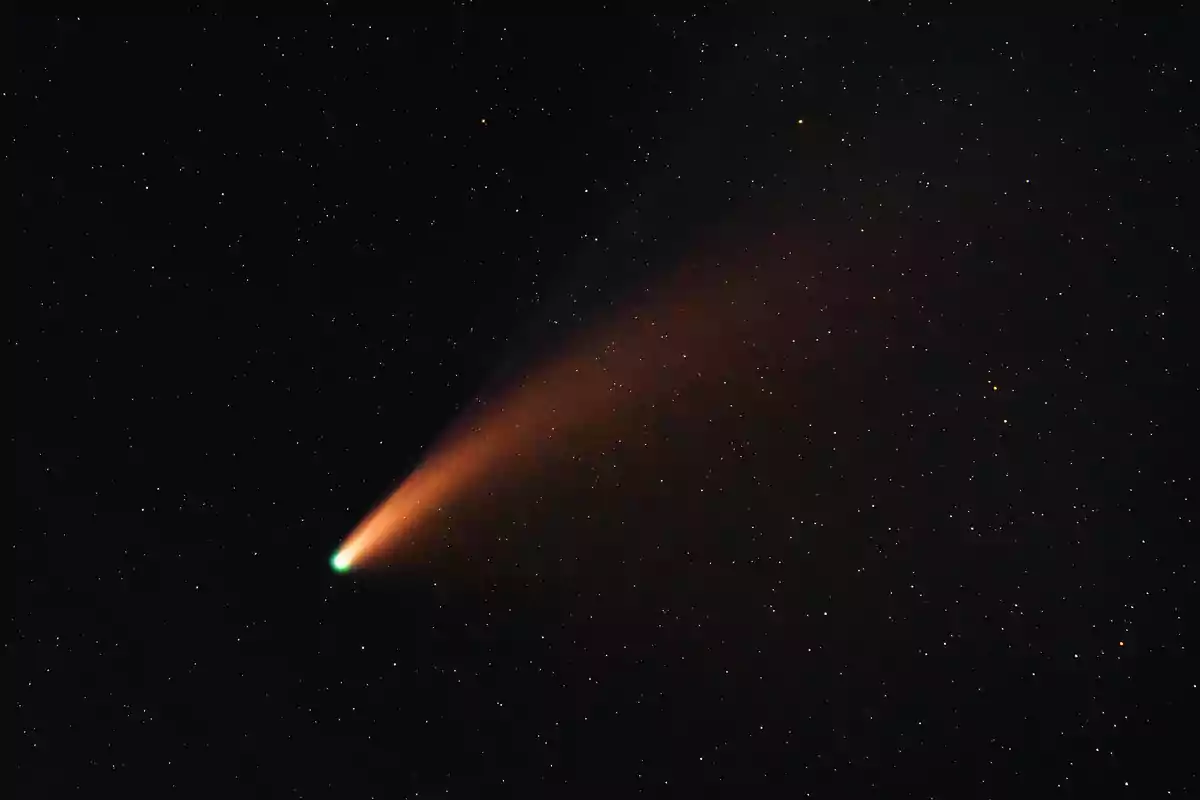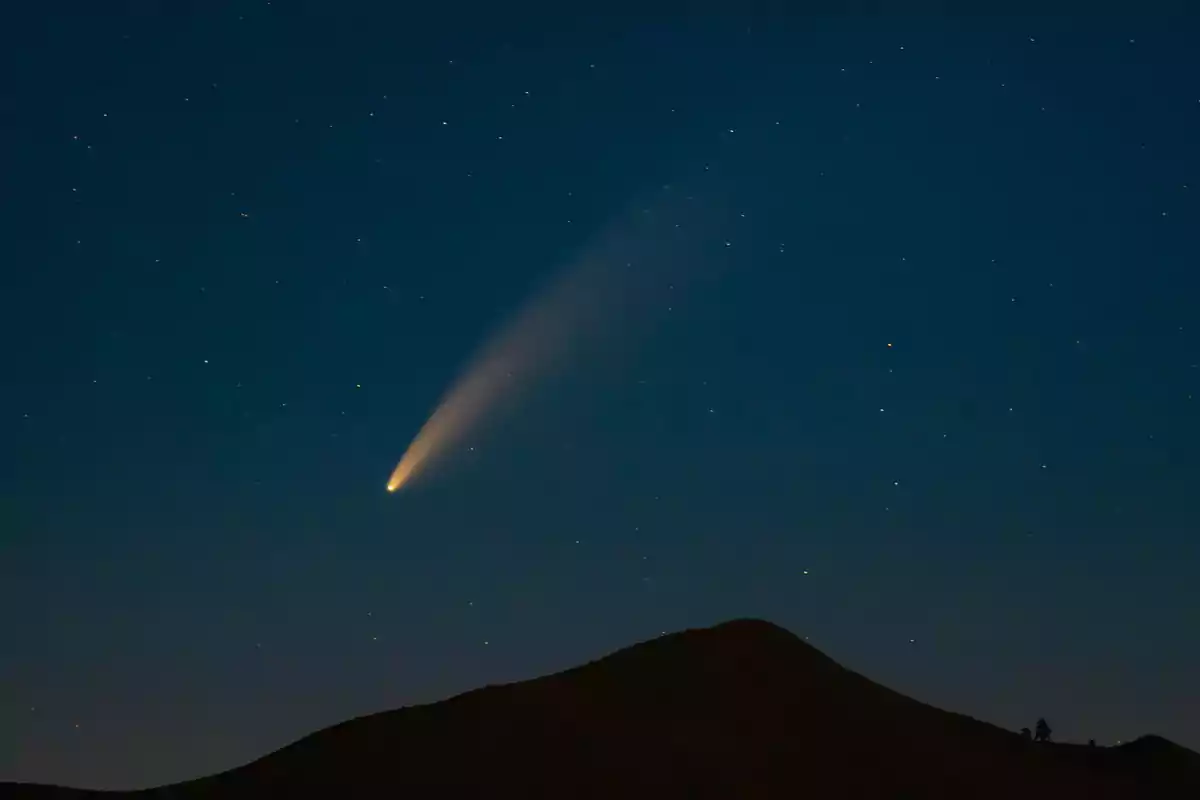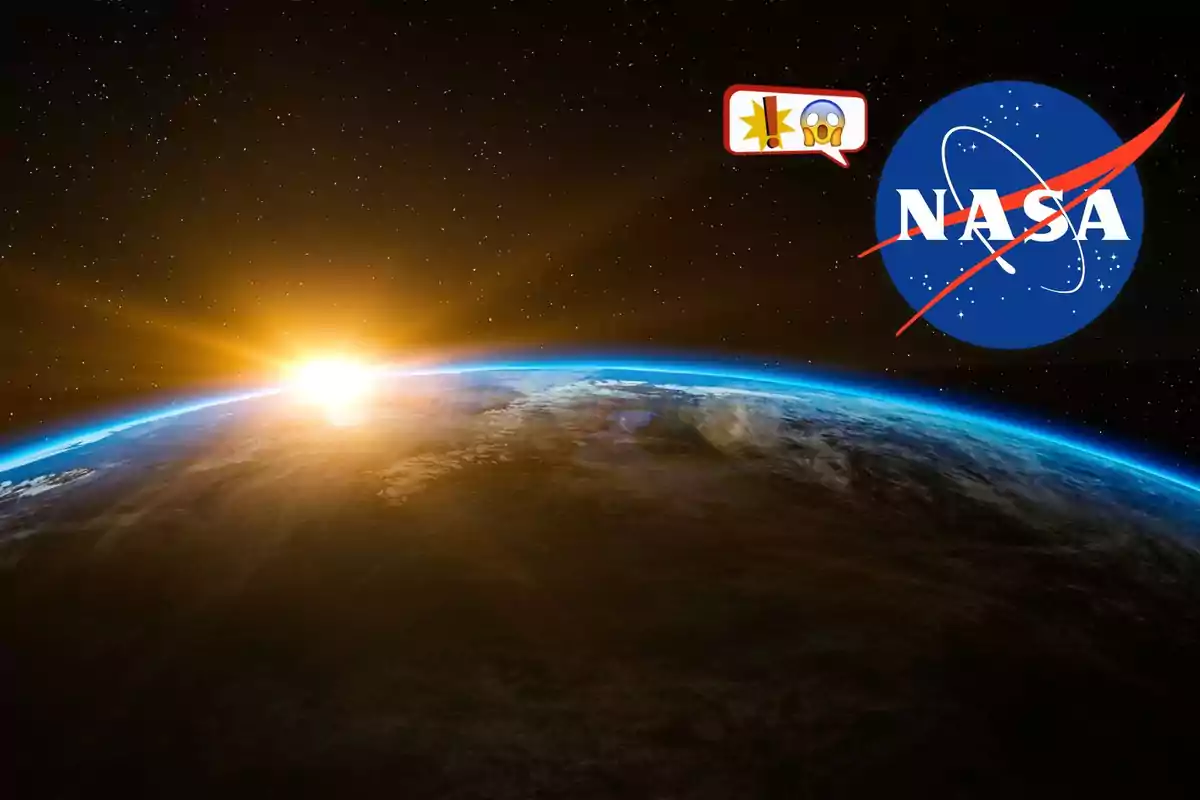NASA has detected an interstellar object that's approaching our solar system at a remarkable speed. This discovery has sparked great interest in the scientific community due to the object's characteristics and size. However, the full details about its trajectory and possible effects are still being carefully analyzed.
The object, identified by the Asteroid Terrestrial-impact Last Alert System (ATLAS), was discovered on July 1. Initially named A11pl3Z, it's the third known interstellar object to have crossed our solar system. Its origin is located in the constellation Sagittarius, and its size is considerably larger than other similar objects detected previously.

An interstellar giant that surpasses its predecessors
With an approximate diameter of 12.4 mi. (20 kilometers), it surpasses in size the two previously known interstellar objects, Oumuamua and Borisov. This difference not only draws attention due to its magnitude, but also because of the possibilities it offers to study material coming from another stellar system. The object is being tracked with telescopes around the world to better understand its behavior.
Currently, the object is about 416 million mi. (670 million kilometers) from the Sun, moving at a speed of nearly 42.3 mi./s (68 kilometers per second). It's heading toward the inner solar system, with a trajectory that will bring it close to Mars and the Sun itself at the end of this year. This movement has caused great interest among the scientific community and the public.

At full speed toward the solar system: what implications does it bring?
The Minor Planet Center of the International Astronomical Union has officially designated this object as a comet, assigning it the name 3I/ATLAS. This status suggests that it could contain valuable clues about the composition and characteristics of bodies coming from other stellar systems. The study of these objects can provide information about the formation and evolution of the cosmos.
Pascal Lee, planetary scientist at the SETI Institute, has confirmed through his social media that the object has already reached Jupiter's orbit. According to predictions, its closest approach to the Sun will occur on October 29, while it will reach Earth a day later, at a safe distance of 125 million mi. (1.35 astronomical units, AU). Therefore, the passage will be observed with interest, but without risk to our planet.
Space agencies keep their eyes fixed on the cosmic visitor
Comet 3I/ATLAS will be visible to ground-based telescopes until September, at which point its proximity to the Sun will make observation difficult. It's expected to reappear in early December from the other side of the Sun, which will allow new opportunities for study. NASA and other agencies continue to monitor its evolution.
So far, the object's light curve hasn't been published, so its shape and rotation are still unknown. This aspect is essential to better understand its nature and behavior in space. Upcoming observations could reveal crucial information for the astronomical community and for the general public interested in space phenomena.
Ultimately, NASA's detection of this large interstellar object represents a unique opportunity for science. Although it's approaching Earth, its passage will be safe and will allow us to expand our knowledge about bodies traveling through the cosmos. Constant tracking and rigorous research will ensure that we can learn as much as possible from this unexpected cosmic visit.

